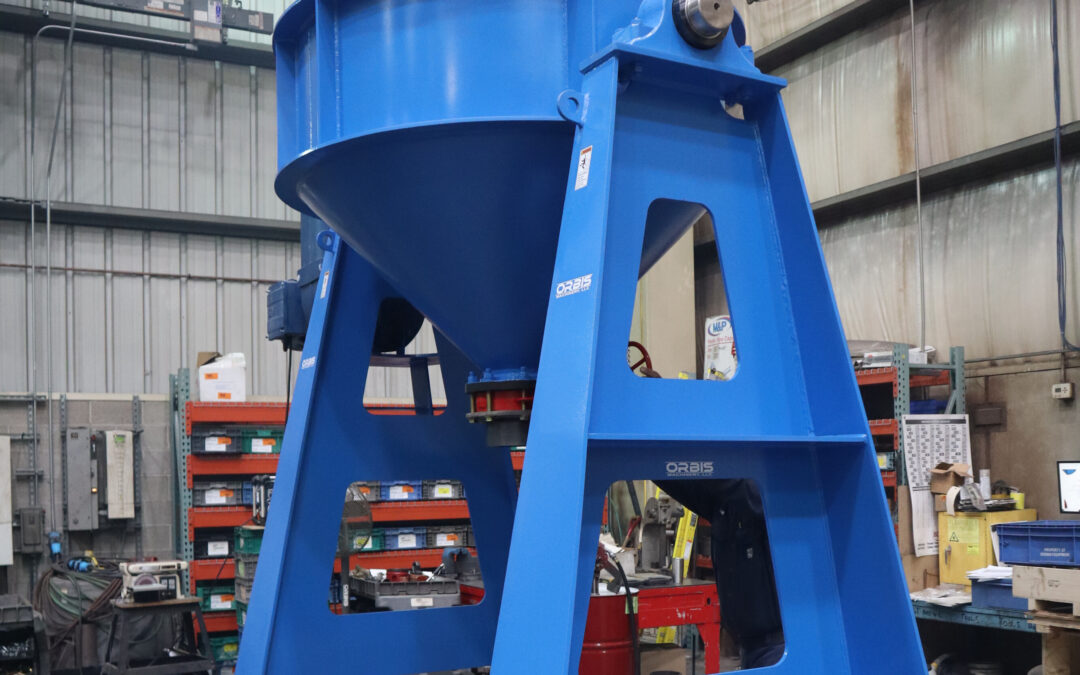Nothing has prepared small business orders of what is to happen to them in the event of a pandemic. In ways more than one, the coronavirus pandemic is affecting the viability, profitability, and continuity of small businesses. This phenomenon is not just peculiar to the United States, it’s a global reality that many small businesses are currently battling. Unlike Apple and other larger corporation with a cashflow to keep them in business for the next 6 years, millions of small businesses are without that luxury.
The heart rending story of a pet boarding kennel near Washington captures the realities of numerous businesses. With the pandemic ranging, most of their clientele made cancellations and the business is unable to make payroll. The business owner had to lay off employees and also help them to enroll for unemployment benefits. That’s the end of the problems of the business, as there’s still a need to cover fixed expenses despite the lack of revenue.
This is the scenario for many small businesses in the United States, a huge concern about their finances. Before now, many of these small businesses run on a shoe string budget. When this is combined with an uncertain market and future, it becomes a bigger problem. In order to mitigate the effect of the pandemic on small businesses in the United States, the government had to sign an $8 billion emergency funding package targeted at small business whose businesses had taken a huge hit due to Covid-19.
While different small businesses have been impacted in different ways, three stands out the most;
Zero or Lower Revenue
Unlike anything we’ve seen in our lifetime, Coronavirus is forcing millions of Americans to stay indoors. There’s rarely a small business that has been able to maintain traffic to their physical locations. This has resulted into lower revenue inflow for these small businesses.
Inaccessible Supply Chain
Even if a small business is within those considered as essential services, there’s still another problem. Suppliers and manufacturers are finding it difficult to supply these small businesses. That’s even if the manufacturer is able to open it doors and continue production.
Lack of Workforce
Small businesses who have been able to surpass these two other problems still have one more to battle with. A good number of their employees are either sick or religiously maintained social distancing. This leaves the businesses with enough hands to cater for demands.
The Financial Dilemma: The Government To The Rescue of Small Businesses
Of all these three problems, the inability to generate ample revenue to stay afloat seems to be the most pronounced. This is what necessitated the government response in assisting small business through the passage of the Coronavirus Aid, Relief, and Economic Security Act. The stimulus package is put in place to rescue American small businesses on the verge of being sunk by Coronavirus.
The number one problem of American small businesses currently is the maintenance of their payroll. This is the first problem he stimulus package aims to solve, by providing $350 billion through the Paycheck Protection Program. With the package, small business can access up to $10 million with an interest not exceeding 4%. This also comes with a form of debt relief depending on how the small business utilizes the loan.
While this is targeted at businesses with less than 500 employees, certain businesses with 1500 employees are also eligible. Captured in the PPP are also freelancers, self-employed, sole proprietors, gig economy workers and contract workers. All that is required is that the business must have been operational before February 15th 2020.
What You Can Use The Loan For
There’s a lot at stake for American small businesses at a time like this. However, the loan is meant to help in employee remuneration, paid leave and severance, health and insurance payments, retirement benefits, taxes, mortgage, rent and debt incurred before February 15th 2020.
There’s also the Economic Injury Disaster Loan Program of the SBA which provides $2 million as working capital. Unlike the PPP, the EIDLP is intended for meeting financial obligations and other operating expenses. It comes with an interest of 3.75% for small business and with a repayment period of 30 years.
As a small business in need of a means to boost the continuity of their business should consider the stimulus package of the government. Just inquire from any of the SBA-approved lenders and get started.



